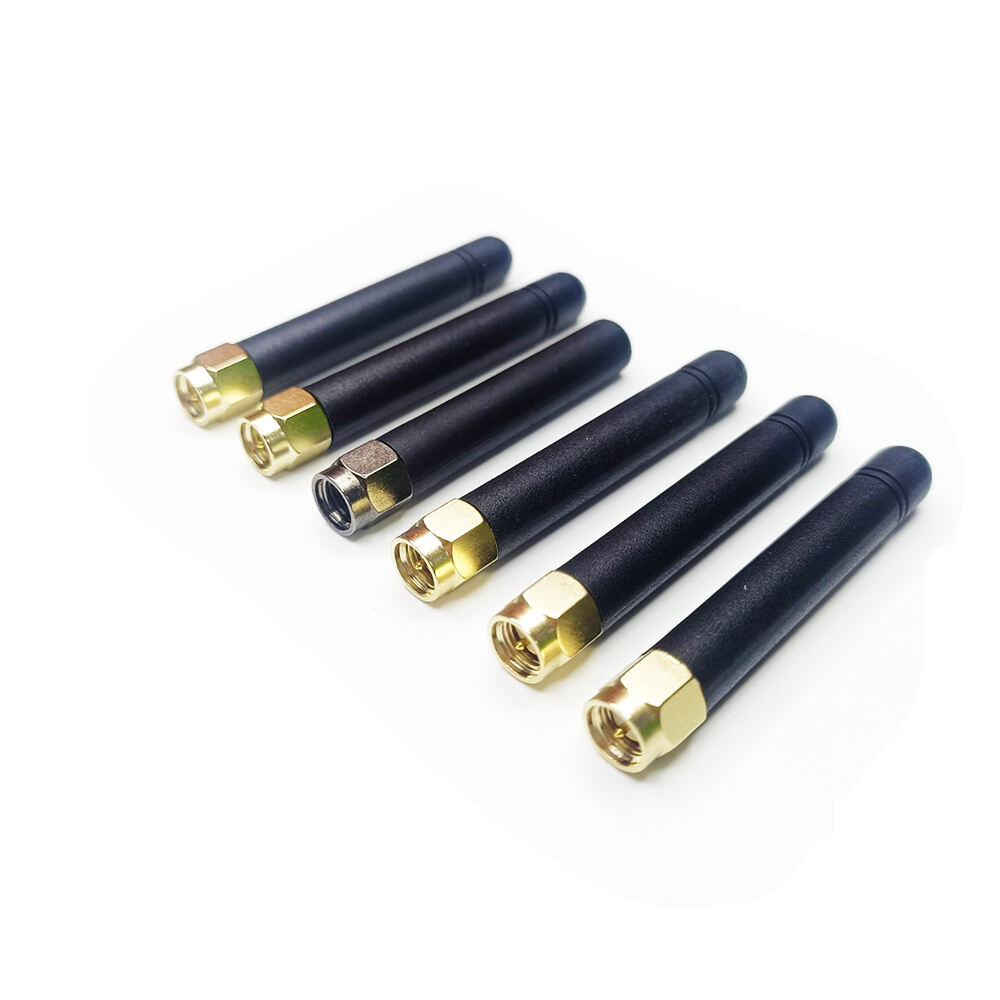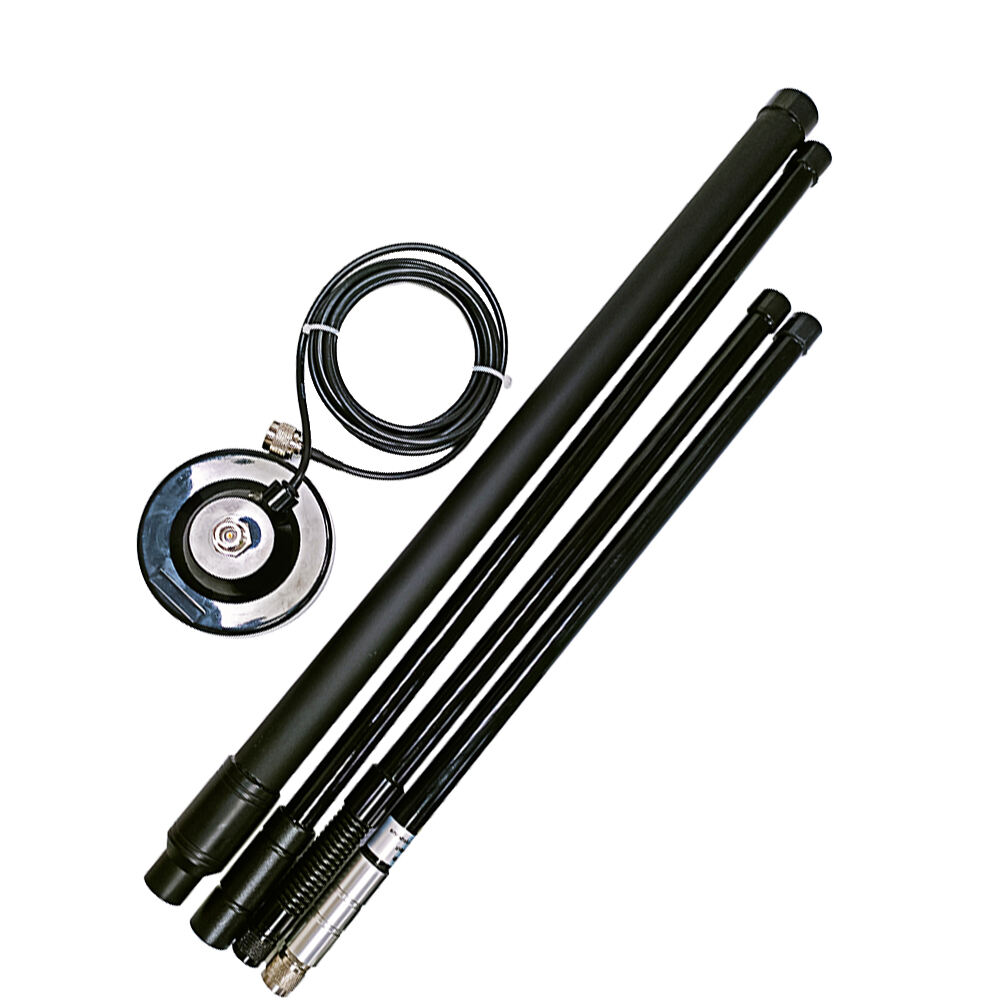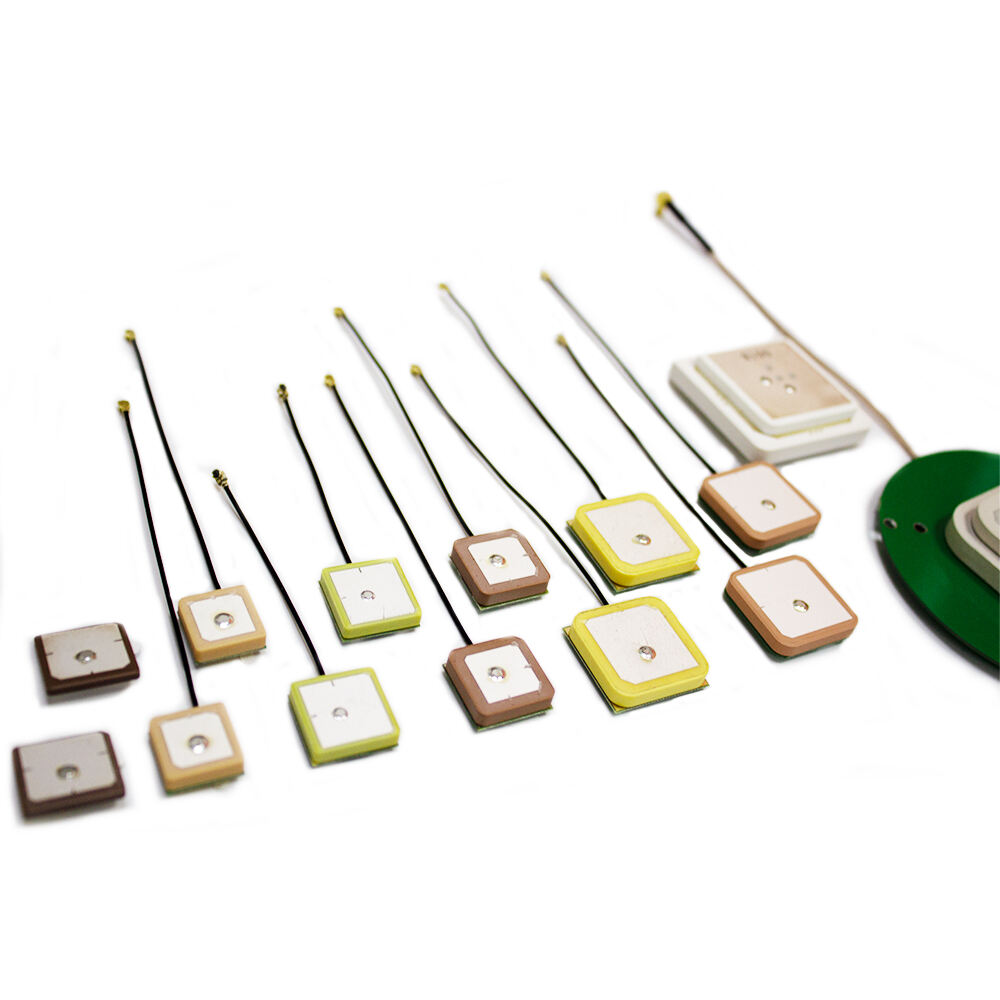Have you every wondered how your GPS device precisely pinpoints your location? And it is due to an amazing technology known as multi-band GNSS antenna! This kind of antenna is used to snare signals from satellites high in space to determine where you are on Earth. But what’s so critical about multi-band GNSS antennas?
Multi-band GNSS antennas can capture signals from numerous satellite networks such as GPS, GLONASS, Galileo, and BeiDou. These antennas can receive signals from multiple satellites, allowing them to offer better and more reliable clues about where you are. That's how your GPS telling you exactly where you are, whether you're in the middle of the mountains or doing a busy city drive.
Multi-band GNSS antennas work by filtering signals from multiple satellite networks, which can help make your location more accurate. These antennas will locate you faster and find your position more accurately than the old standard single band antenna. That peddles down travel time while still keeping you on course and exploring wherever you want to go.
FishLab make wearable GPS antennas, to be sure, but multi-band GNSS antennas can do more. They are used in a variety of ways for farming, construction and transportation, to monitor vehicles, map fields, survey land and even watch wildlife. Those are important tools for businesses and groups that need precise location data to make good decisions.

Not all antennas are created equal in tracking your location. Single-band GNSS antennas can only receive signals from one satellite network, which may make them less accurate. On the other hand, multiband GNSS antennas are able to receive signals from numerous satellite systems, providing better coverage and more precise information.

It’s clear, multi-band GNSS antennas are the way to go for getting the most accurate location tracking. Because they can get signals from a variety of satellite networks, they also offer more accurate and reliable information in many locations. Which would seem to make them the best option for anyone who wants reliable location tracking.

Multi-band GNSS antennas are able to receive signals from multiple satellite networks, which can result in better signal strength in difficult conditions. This means that you’ll have a more reliable link to the satellites, including when you are in built-up areas or under a dense canopy of trees. Superior satellite reception ensures your GPS device will compute your position faster and more accurately to get you where you need to go, on the water or land.